Home>Home Appliances>Laundry Appliances>How Do I Reset My Washing Machine
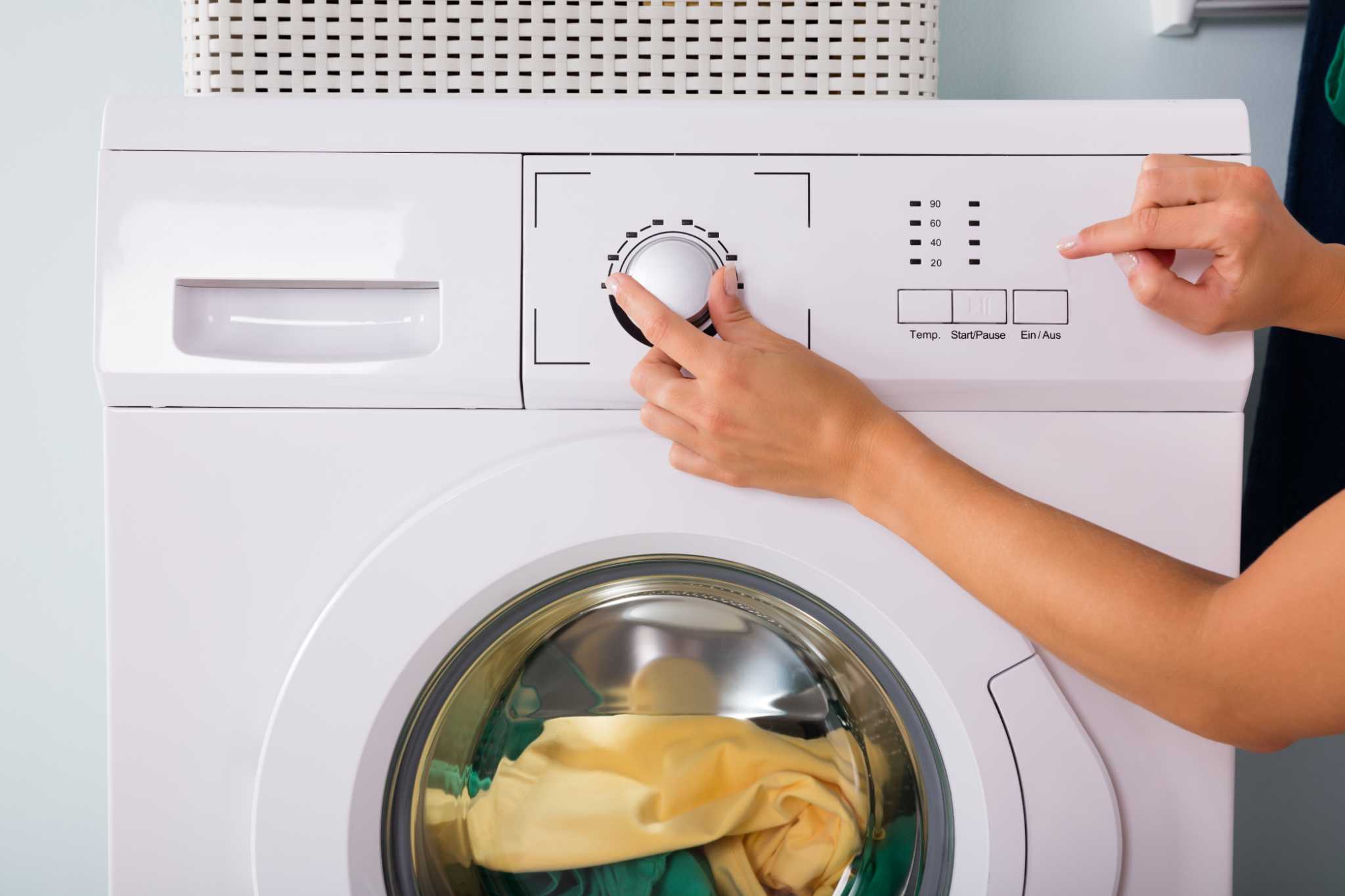

Laundry Appliances
How Do I Reset My Washing Machine
Modified: March 2, 2024
Learn how to reset your washing machine easily and efficiently. Get expert tips for troubleshooting laundry appliances and keeping them in top condition.
(Many of the links in this article redirect to a specific reviewed product. Your purchase of these products through affiliate links helps to generate commission for Storables.com, at no extra cost. Learn more)
Common Reasons for Resetting a Washing Machine
Washing machines are essential appliances in modern households, simplifying the daunting task of laundry. However, they are not immune to occasional glitches that may require a reset. Understanding the common reasons for resetting a washing machine can help users troubleshoot issues and ensure smooth operation. Here are some prevalent reasons why a washing machine may need to be reset:
-
Power Surges: Sudden power surges or outages can disrupt the normal functioning of electronic appliances, including washing machines. These fluctuations can cause the machine to malfunction or display error codes, necessitating a reset to restore normal operation.
-
Overloading: Overloading the washing machine with an excessive amount of laundry can strain its components, leading to operational issues. In such cases, the machine may require a reset to clear any error codes and recalibrate its functions.
-
Unbalanced Load: When the laundry inside the machine is unevenly distributed, it can result in an unbalanced load during the spin cycle. This imbalance may trigger the washing machine to pause and display an error, prompting the need for a reset to rectify the situation.
-
Clogged Filters: Accumulation of lint, debris, or foreign objects in the washing machine's filters can impede water flow and drainage, causing operational disruptions. Resetting the machine after addressing the filter blockage can help restore proper functionality.
-
Program Errors: Occasionally, the washing machine's control panel may encounter program errors or software glitches, leading to erratic behavior or error messages. Resetting the machine can clear these temporary malfunctions and allow it to resume normal operation.
Understanding these common reasons for resetting a washing machine empowers users to identify potential issues and take appropriate action. By addressing these underlying causes, individuals can effectively troubleshoot their washing machines before considering professional assistance.
Key Takeaways:
- Don’t panic if your washing machine acts up! Try troubleshooting first, like checking power and water supply. If issues persist, seek professional help to avoid further damage and ensure safety.
- Resetting your washing machine can help with minor issues like power surges and unbalanced loads. Follow the simple steps, but if problems persist, it’s best to call a professional for help.
Read more: How Do I Reset My Samsung Washing Machine
Steps to Reset a Washing Machine
Resetting a washing machine is a straightforward process that can help resolve minor operational issues and restore the appliance to its normal functionality. Before initiating the reset, it is advisable to refer to the manufacturer's manual for specific instructions tailored to the model of the washing machine. Here are the general steps to reset a washing machine:
-
Unplug the Machine: Begin by disconnecting the washing machine from the power source. This step is crucial for safety and ensures that the reset process can be carried out without any electrical interference.
-
Wait for a Few Minutes: After unplugging the machine, allow it to sit idle for a few minutes. This brief pause enables the internal components to reset and discharge any residual power, preparing the machine for the next steps.
-
Plug the Machine Back In: Reconnect the washing machine to the power source. Ensure that the power cord is securely plugged into the electrical outlet to establish a stable connection.
-
Select the Reset Option (If Available): Some modern washing machines are equipped with a dedicated reset function. Check the control panel or refer to the user manual to identify if the machine offers a specific reset option. If available, follow the manufacturer's instructions to activate the reset feature.
-
Perform a Manual Reset: In the absence of a designated reset function, a manual reset can be performed by adjusting the machine's settings. Start by turning the machine off, and then proceed to select the desired wash cycle or program. After making the selection, turn the machine back on to initiate the reset process.
-
Monitor the Machine: Once the reset process is initiated, observe the washing machine for any error codes, unusual sounds, or display panel notifications. This step is essential for identifying whether the reset has effectively resolved the underlying issue.
-
Run a Test Cycle: To confirm that the reset has successfully restored the washing machine's functionality, run a test cycle with a small load of laundry. Monitor the machine throughout the cycle to ensure that it operates smoothly without encountering any errors or malfunctions.
By following these steps, users can effectively reset their washing machines and address minor operational disruptions. It is important to note that if the issues persist despite the reset, it may be necessary to seek professional assistance to diagnose and resolve any underlying mechanical or electrical problems.
To reset your washing machine, unplug it for a few minutes, then plug it back in. Press and hold the “Start” or “Power” button for 5 seconds to reset the machine. This can help clear any error codes and restart the machine.
Troubleshooting Before Resetting
Before proceeding with a reset, it is prudent to conduct a thorough troubleshooting process to identify and address potential issues that may be causing the washing machine malfunction. By systematically troubleshooting the appliance, users can potentially resolve the underlying problems without the need for a reset. Here are essential troubleshooting steps to consider before initiating a reset:
-
Check Power Supply: Ensure that the washing machine is securely plugged into a functional electrical outlet. Verify that the power cord is not damaged and that the outlet is providing a stable power supply. In cases of power outages or surges, resetting the circuit breaker or addressing the power source issue can potentially resolve operational disruptions.
-
Inspect Water Supply: Verify that the water supply valves connected to the washing machine are fully open and functioning correctly. Inadequate water supply can lead to error codes or operational issues. Additionally, check for kinks or blockages in the inlet hoses that may impede water flow.
-
Examine Drainage System: Inspect the drainage hose for any obstructions or kinks that may hinder proper water drainage. A clogged or improperly positioned drainage hose can cause water to back up in the machine, triggering error messages or halting the cycle.
-
Balance the Load: If the washing machine is displaying unbalanced load errors, redistribute the laundry inside the drum to ensure an even distribution of weight. Overloading the machine or placing heavy items on one side can lead to imbalance during the spin cycle, prompting the machine to pause and display an error.
-
Clean Filters and Dispensers: Accumulated debris, lint, or detergent residue in the washing machine's filters and dispensers can impede proper functioning. Thoroughly clean these components to ensure unobstructed water flow and detergent dispensing.
-
Address Error Codes: Take note of any error codes displayed on the machine's control panel and refer to the user manual for specific troubleshooting instructions. Some error codes may indicate specific issues that can be resolved without the need for a reset.
-
Perform a Test Cycle: Initiate a test wash cycle with a small load of laundry to observe the machine's behavior. Monitor the entire cycle for any unusual sounds, error messages, or operational irregularities. This test cycle can provide valuable insights into the nature of the issue.
By diligently troubleshooting these potential issues, users can potentially resolve the washing machine's operational disruptions without resorting to a reset. However, if the problems persist despite troubleshooting efforts, proceeding with a reset may be necessary to restore the appliance to normal functionality.
When to Seek Professional Help
In certain instances, despite diligent troubleshooting and a reset attempt, washing machines may continue to exhibit persistent malfunctions or error codes that require the expertise of a professional technician. Recognizing the signs that warrant professional intervention is crucial for ensuring the timely resolution of complex issues and the restoration of the washing machine's optimal performance.
Here are the scenarios that indicate the need to seek professional help:
-
Persistent Error Codes: If the washing machine consistently displays error codes even after a reset and troubleshooting, it signifies underlying technical or mechanical issues that necessitate professional diagnosis and repair. Ignoring persistent error codes can exacerbate the problem and lead to further damage to the appliance.
-
Unusual Noises or Vibrations: Uncharacteristic noises such as grinding, scraping, or banging during the wash or spin cycles, accompanied by excessive vibrations, may indicate mechanical problems within the washing machine. Professional technicians possess the expertise to identify and address these mechanical issues effectively.
-
Electrical Malfunctions: Any visible signs of electrical malfunctions, such as sparks, burning odors, or erratic behavior of the control panel, pose serious safety hazards. It is imperative to immediately disconnect the washing machine and seek professional assistance to mitigate the risk of electrical hazards.
-
Persistent Leaks or Water Drainage Issues: Continuous leaks or drainage problems from the washing machine can lead to water damage and mold growth in the surrounding area. Professional technicians can accurately diagnose the source of the leaks and implement the necessary repairs to prevent further water-related complications.
-
Complex Component Failures: In the event of complex component failures, such as motor or transmission issues, it is advisable to engage the services of a qualified technician. Attempting DIY repairs on intricate components can result in further damage and void the manufacturer's warranty.
-
Advanced Technical Troubleshooting: If the troubleshooting process reveals intricate technical faults or requires specialized tools and diagnostic equipment, it is prudent to enlist the expertise of a professional technician. They possess the knowledge and resources to conduct in-depth assessments and precision repairs.
-
Manufacturer's Warranty Coverage: When the washing machine is still under the manufacturer's warranty, seeking professional help from authorized service providers is essential to ensure that any necessary repairs or replacements adhere to the warranty terms and conditions.
By recognizing these indicators and promptly seeking professional assistance when necessary, users can safeguard the longevity and efficiency of their washing machines while ensuring the safety of their households. Professional technicians are equipped to address complex issues with precision, thereby restoring the washing machine to optimal functionality and providing peace of mind to the users.
Frequently Asked Questions about How Do I Reset My Washing Machine
Was this page helpful?
At Storables.com, we guarantee accurate and reliable information. Our content, validated by Expert Board Contributors, is crafted following stringent Editorial Policies. We're committed to providing you with well-researched, expert-backed insights for all your informational needs.
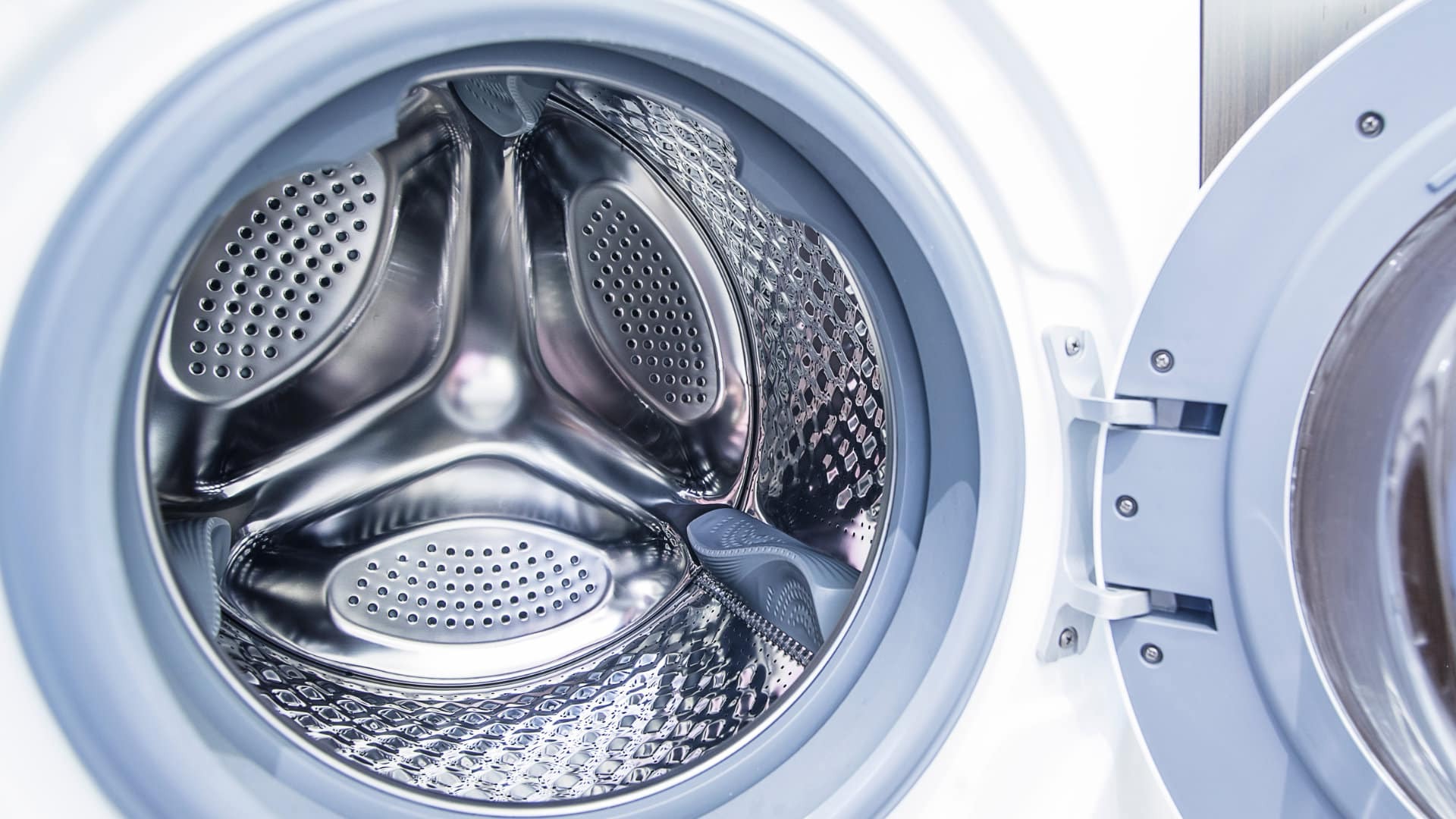
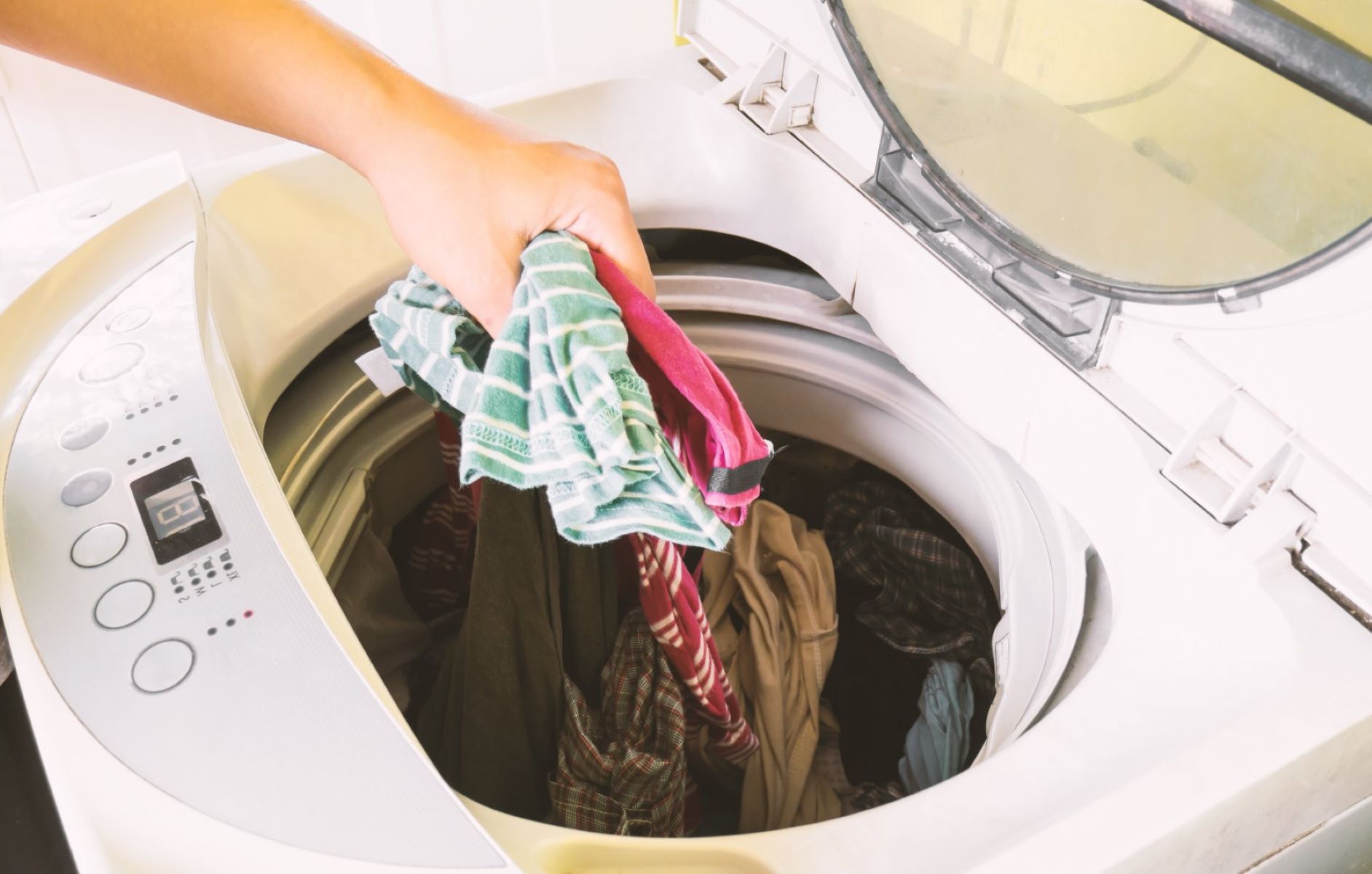
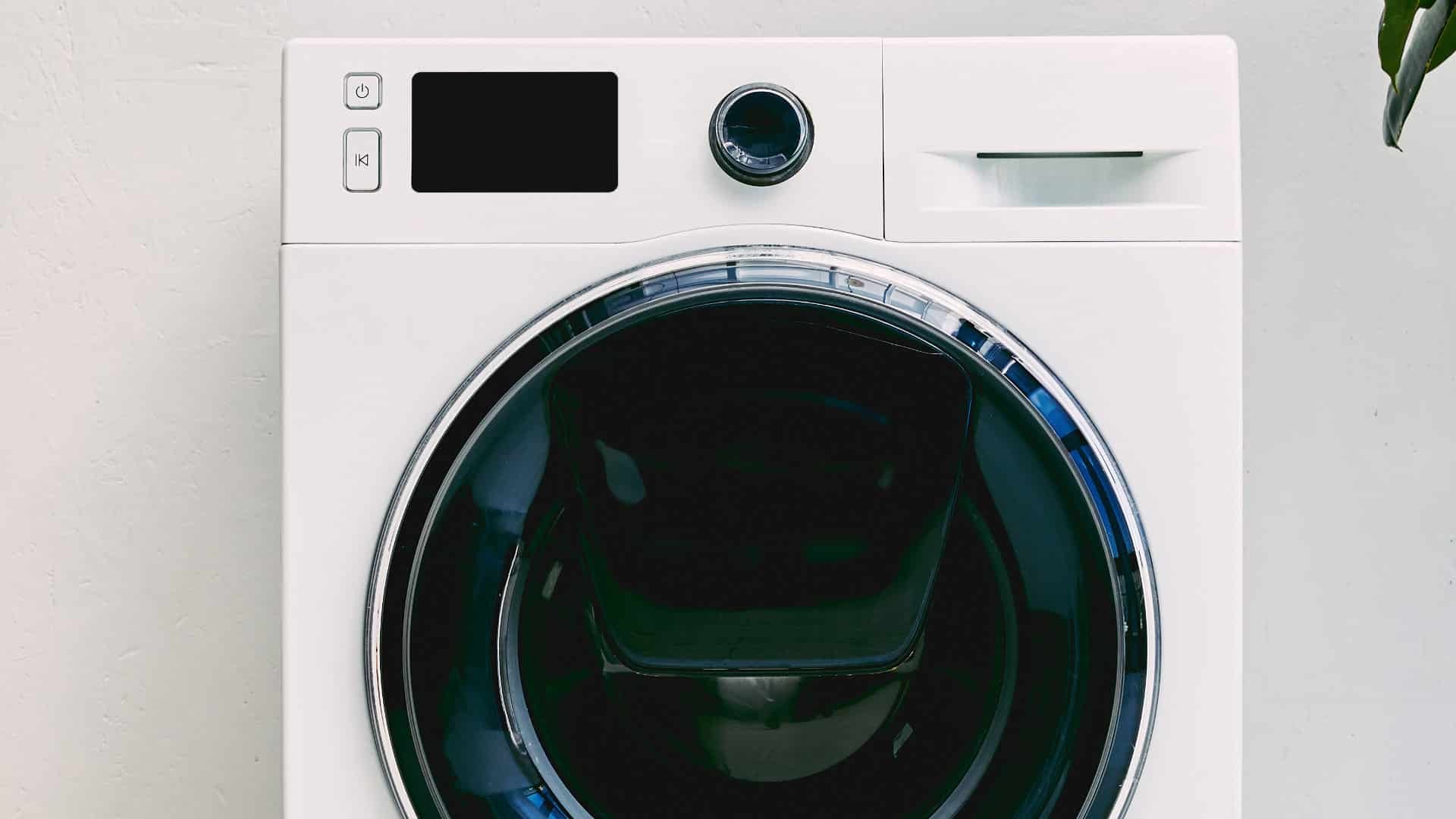
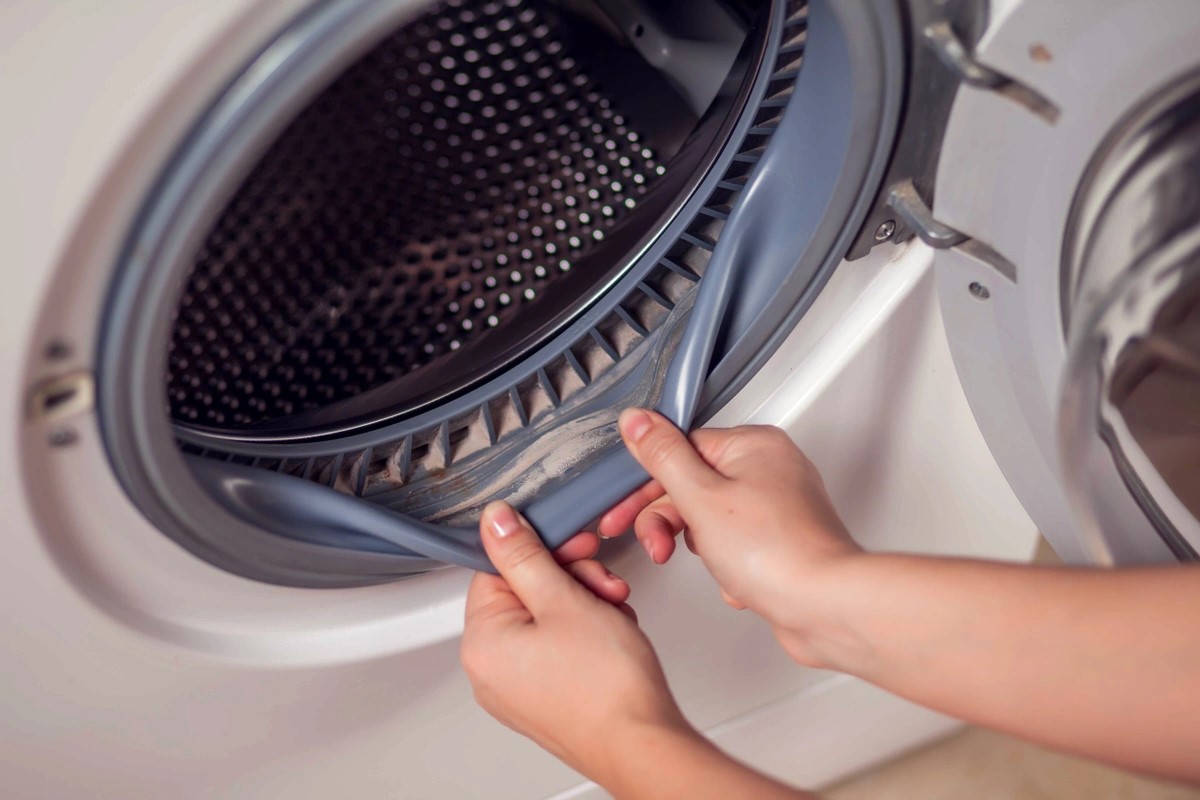
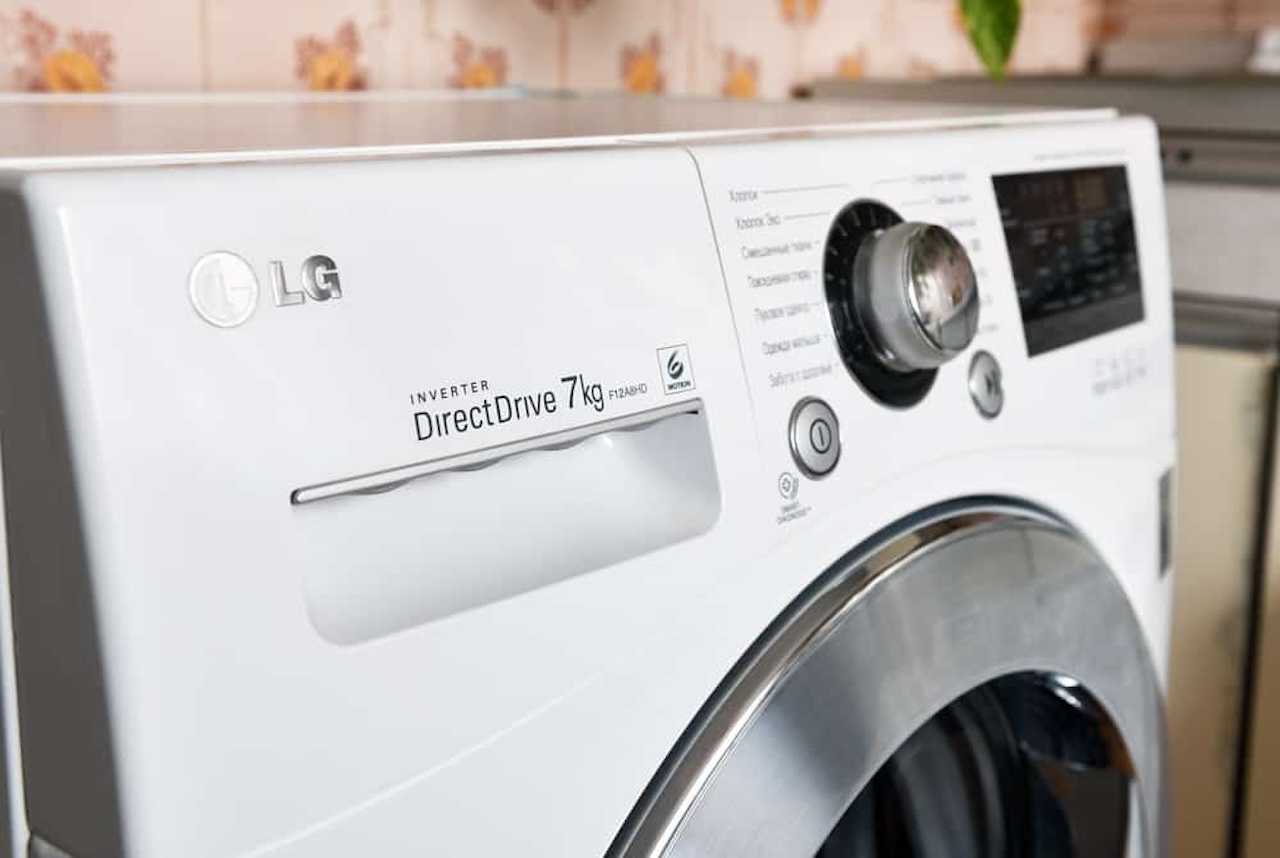

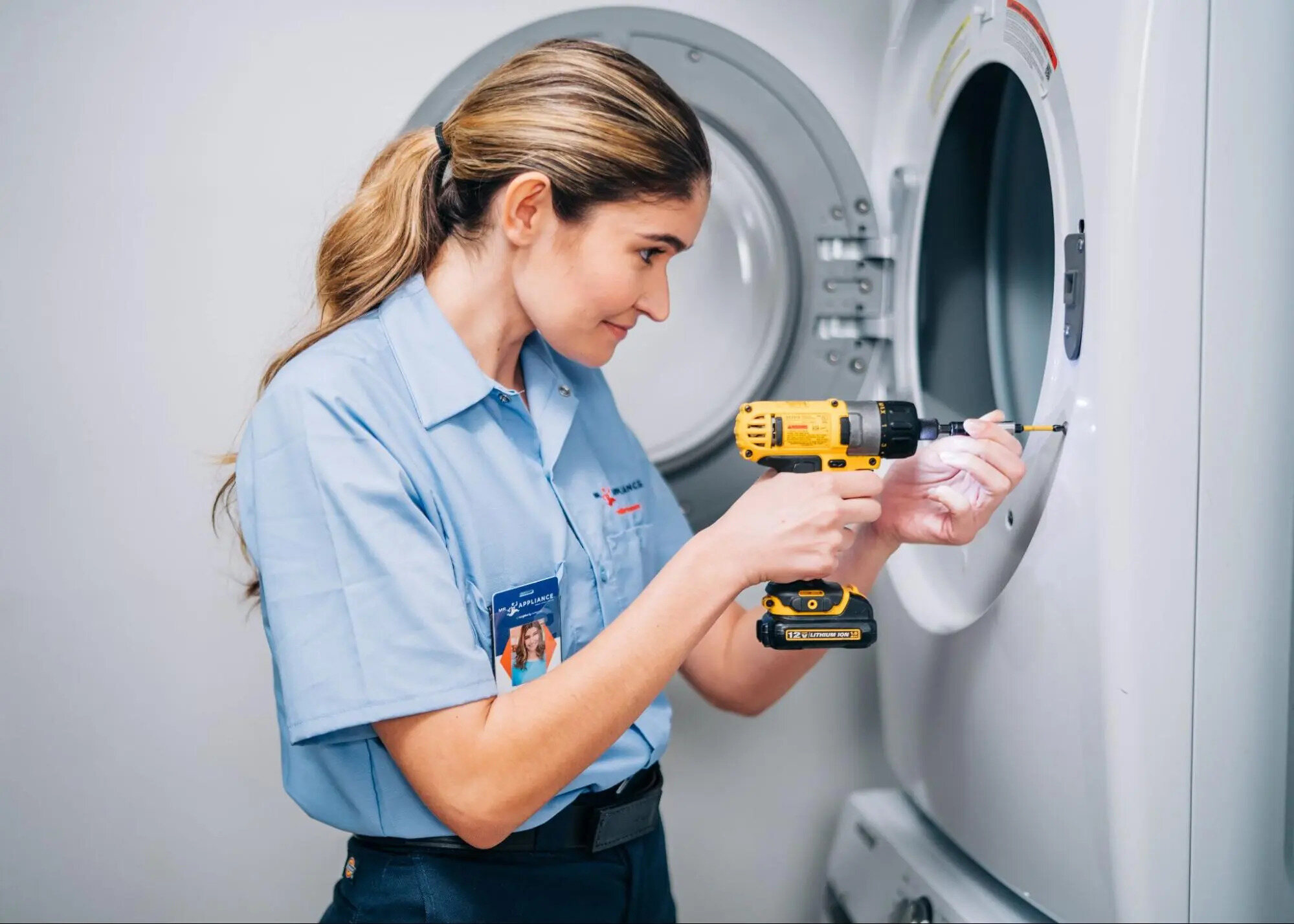
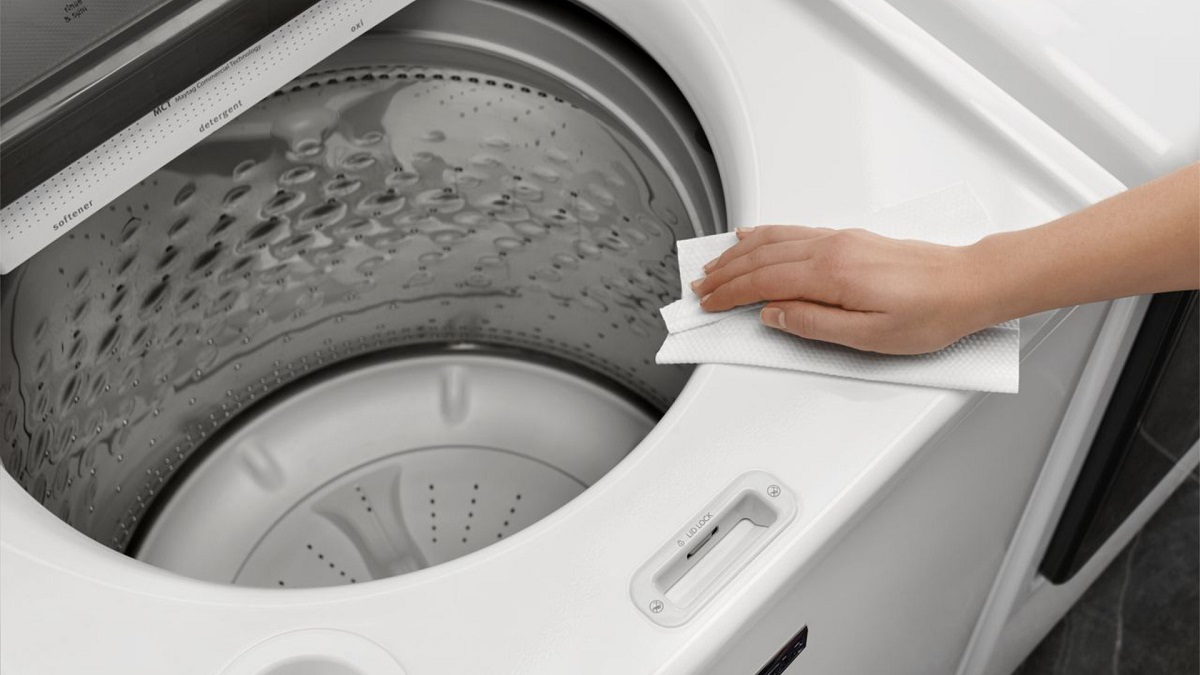
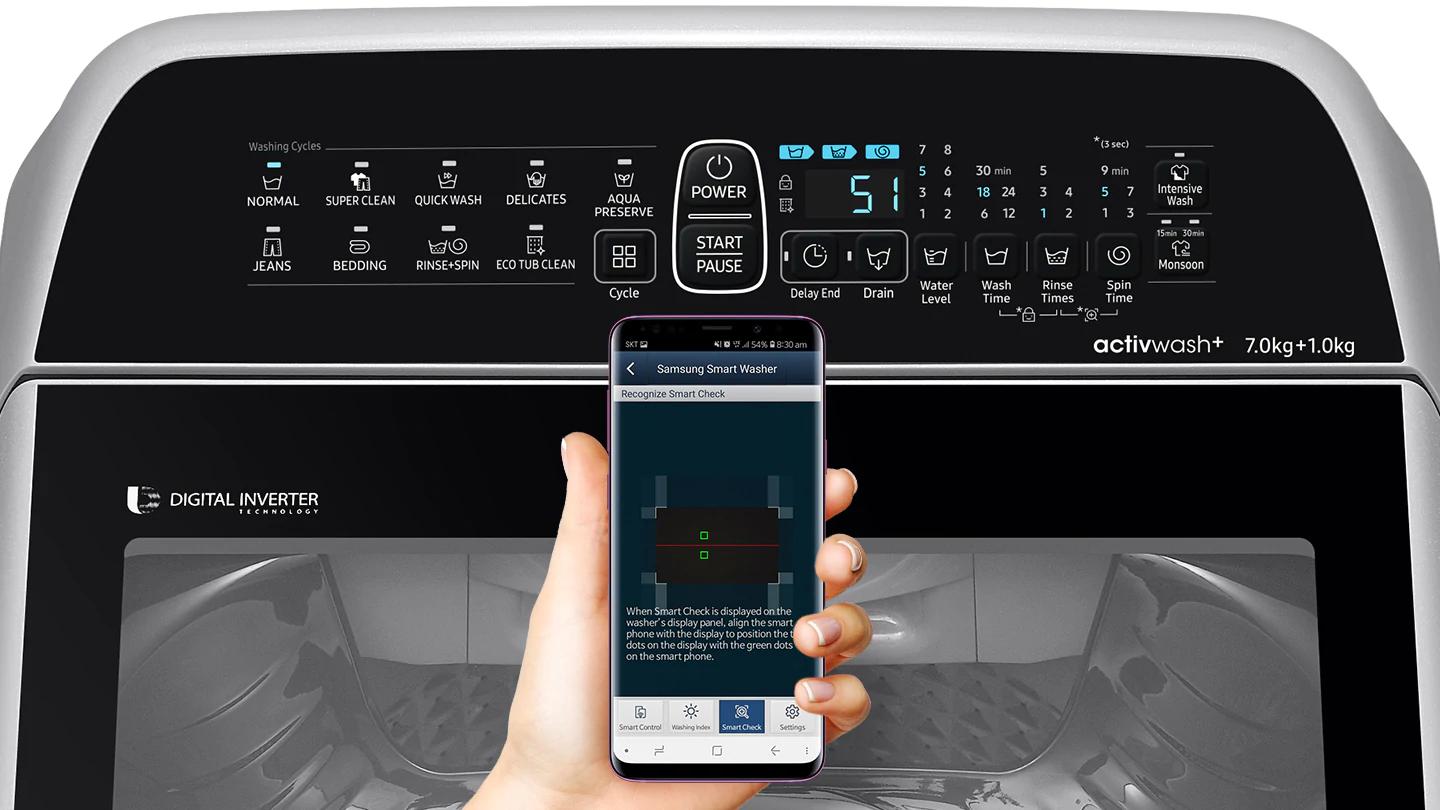


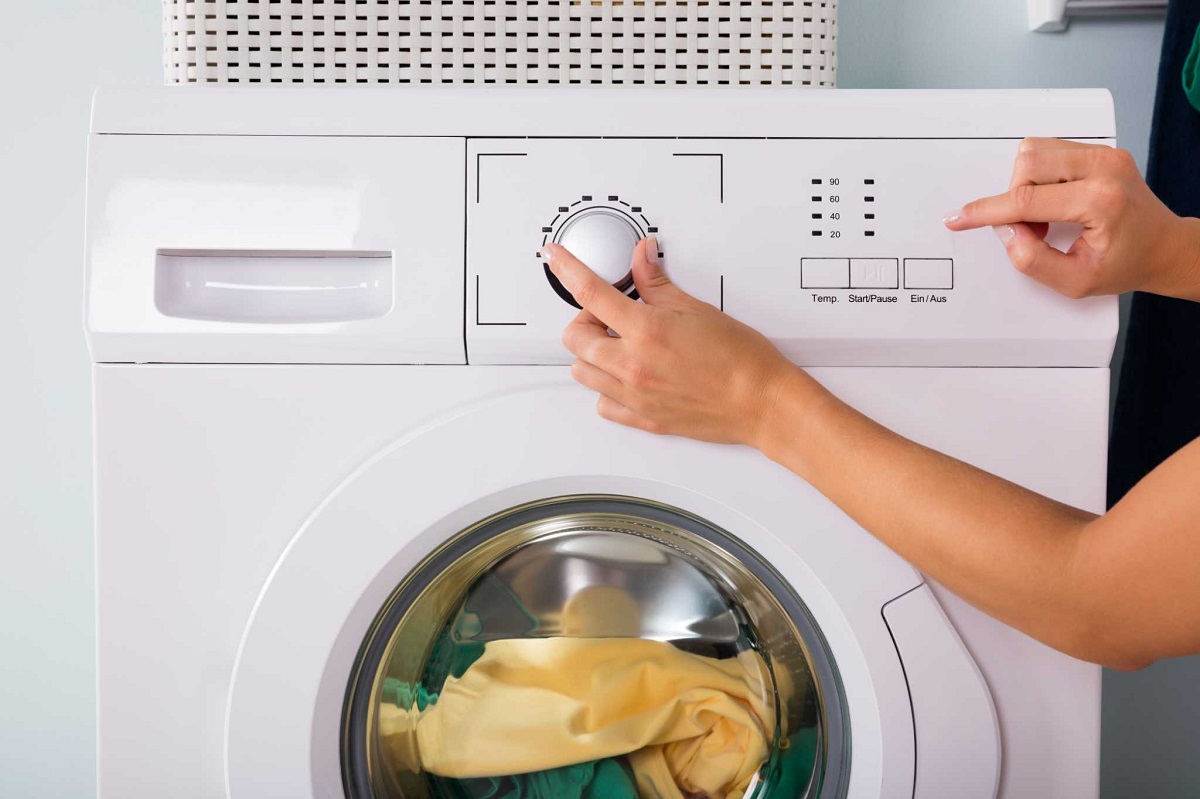
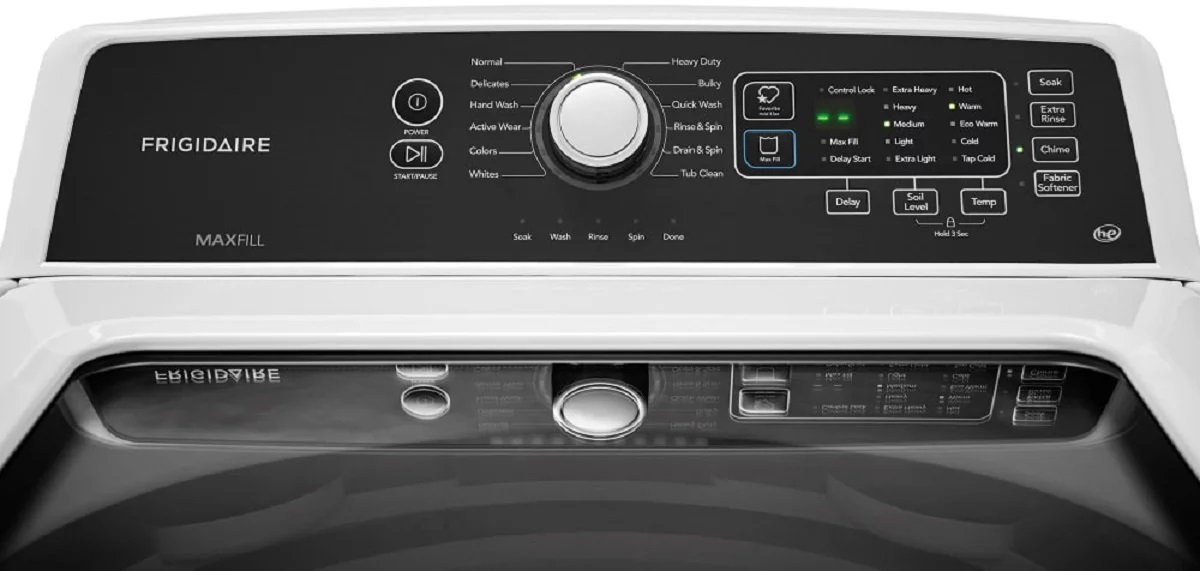
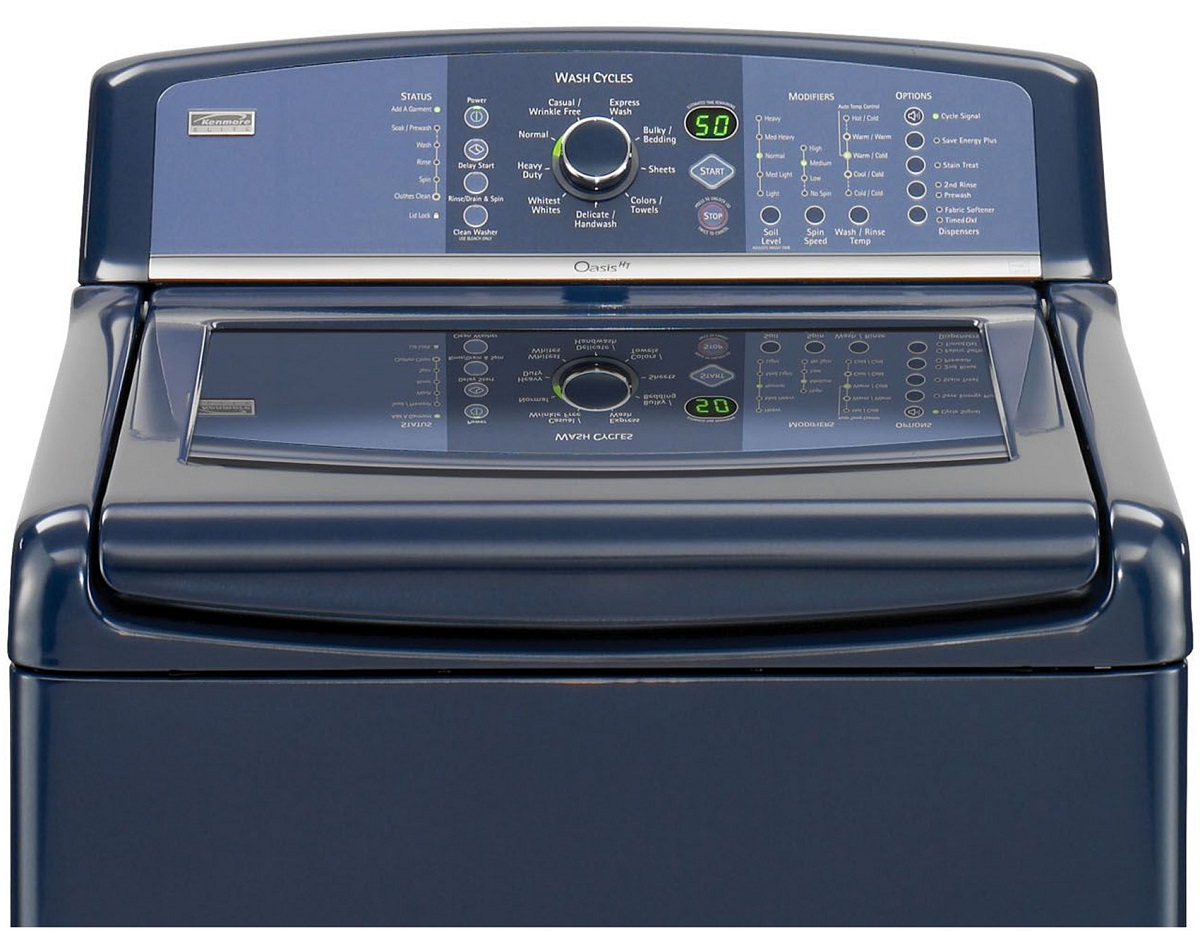
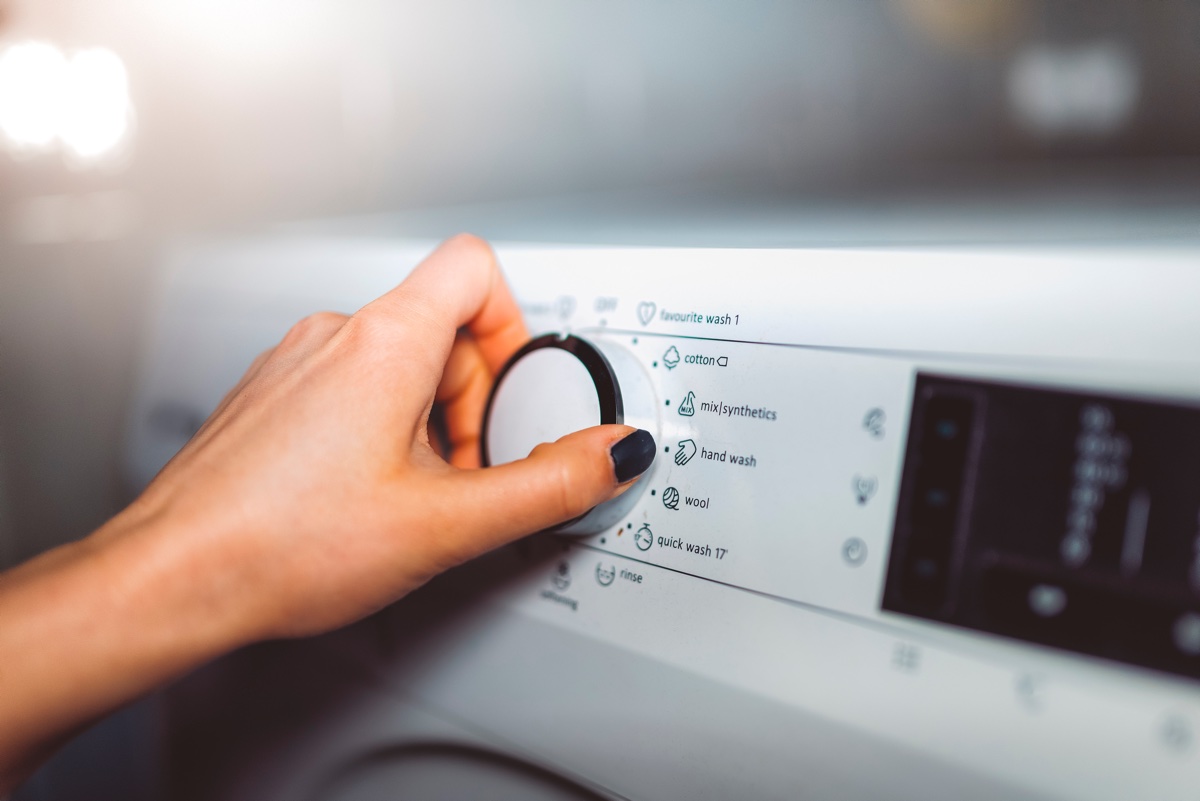

0 thoughts on “How Do I Reset My Washing Machine”